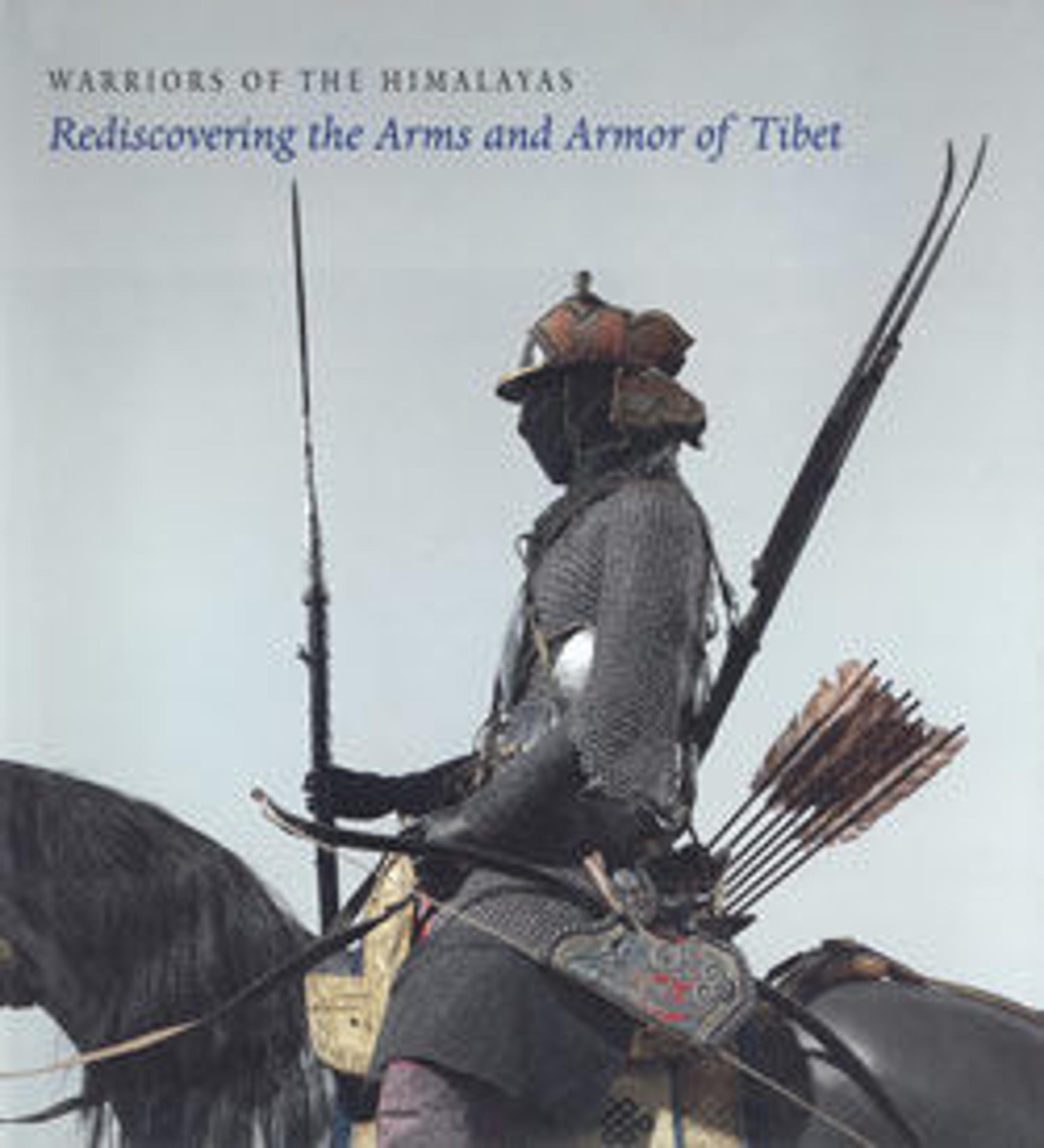Saddle (清 馬鞍一套)
In terms of quality and style of workmanship this saddle is extremely similar to some of the best imperial Chinese saddles, such as one owned by the emperor Qianlong (r. 1736–96) and preserved in the Palace Museum, Beijing (G.171546). In addition to its very high quality, this saddle is also exceptional for having all of its original parts, including the elaborate seat cover of embroidered silk and the fittings of the saddletree. Although this type of saddle is often identified as Tibetan, the form of the saddle plates, the style of workmanship, and the type of saddletree, along with the similarity to imperial Chinese saddles, indicate it is more likely to be Chinese, perhaps from the imperial workshops. That it was used in Tibet, however, is demonstrated by the Tibetan letter ka, which is branded on the underside of the saddletree as a form of inventory number. It must have belonged to a Tibetan nobleman of the highest rank, possibly received as a gift directly from the imperial court. The saddle plates are made from relatively thick iron, deeply chiseled and pierced, the motifs densely arranged so that the gaps in the scrollwork are narrow. The plates are finely crosshatched and damascened overall with a thick layer of gold foil. The beads of coral and ivory in the center of the pommel and cantle are popular Buddhist symbols called the Three Jewels, representing Buddha, Dharma (Buddhist teachings), and Sangha (the community of believers).
Artwork Details
- Title: Saddle (清 馬鞍一套)
- Date: 17th–18th century
- Culture: Chinese
- Medium: Iron, gold, silver, wood, coral, ivory, silk, hair, tin, pigments, leather
- Dimensions: H. including textile 13 3/4 in. (34.9 cm); L. 27 3/4 in. (70.4 cm); W. 14 1/2 in. (36.8 cm)
- Classification: Equestrian Equipment-Saddles
- Credit Line: Purchase, Gift of J. Pierpont Morgan, Bequest of Stephen V. Grancsay, The Collection of Giovanni P. Morosini, presented by his daughter Giulia, and Gift of Prince Albrecht Radziwill, by exchange, and Nicholas A. Zabriskie Gift, 1998
- Object Number: 1998.316
- Curatorial Department: Arms and Armor
More Artwork
Research Resources
The Met provides unparalleled resources for research and welcomes an international community of students and scholars. The Met's Open Access API is where creators and researchers can connect to the The Met collection. Open Access data and public domain images are available for unrestricted commercial and noncommercial use without permission or fee.
To request images under copyright and other restrictions, please use this Image Request form.
Feedback
We continue to research and examine historical and cultural context for objects in The Met collection. If you have comments or questions about this object record, please complete and submit this form. The Museum looks forward to receiving your comments.
